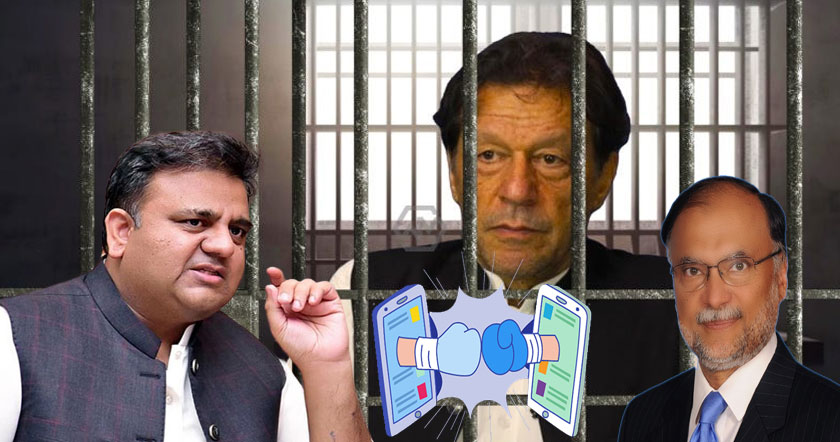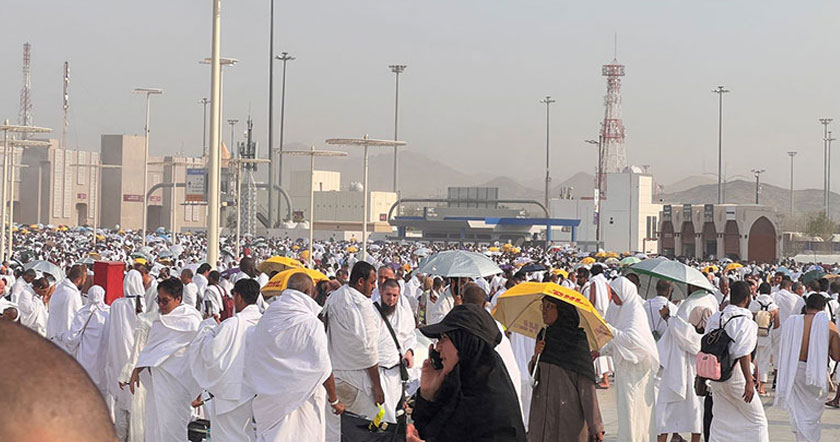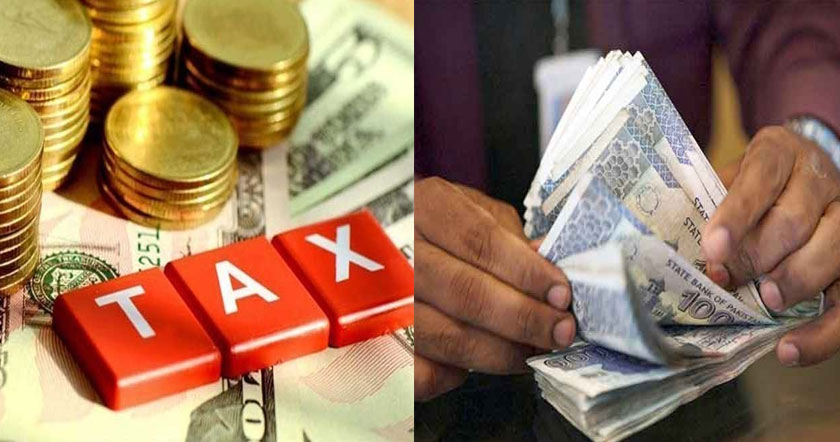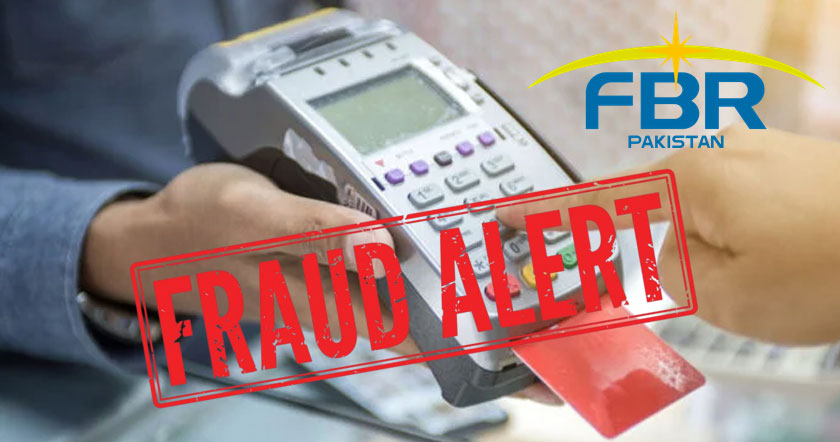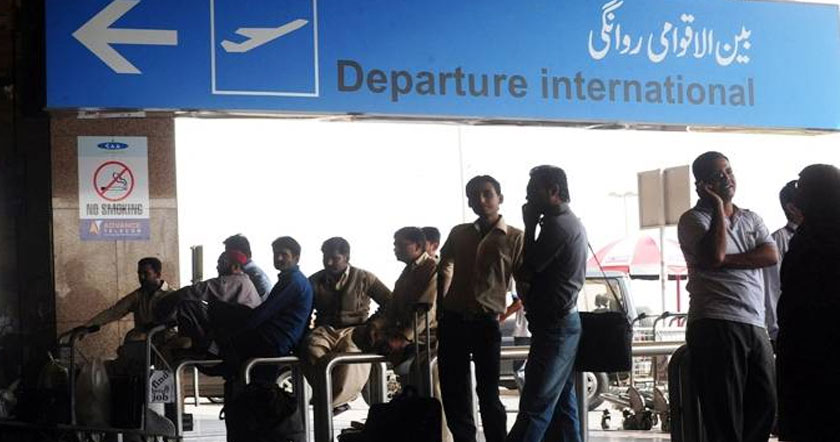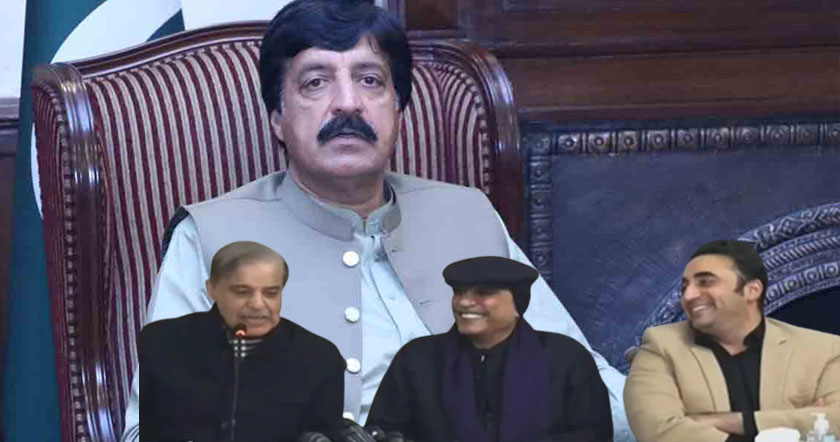http://www.thenews.com.pk/TodaysPrintDetail.aspx?ID=44429&Cat=3&dt=5/1/2011
Yes, we can compete in trade with India. Its huge size, booming economy and technological edge should not be a cause of concern for us, but rather seen as an opportunity.
That was the crux of the message, which a select group of business leaders gave to Commerce Secretary Zafar Mahmood in Karachi a few days before he was scheduled to meet his Indian counterpart Rahul Khullar to resume the stalled talks on trade after a gap of more than two years.
The confidence of Pakistani business leaders in the informal meeting came as a pleasant surprise for me. Being a journalist, perhaps we are more accustomed to only hearing stories of doom and gloom, especially in the Pakistani media world where negativity reigns supreme. But more on the issue of rampant cynicism in Pakistani media and how it affects the country in general and the economy in particular some other time.
Getting back to Pakistan-India trade, it was indeed an eye-opener to find representatives of various sectors from textile to information technology and cement to automobile underlining the fact that despite the non-tariff barriers imposed on Pakistani exports by our giant neighbour, estranged relations, and host of other practical problems that impede bilateral trade, they not only see themselves as competitive in the Indian market, but expect their businesses to grow with the normalisation of trade and economic relations.
One of the leading textile entities of Pakistan, which could not export its goods to India through the relatively cheaper rail, road or sea routes because of this or that constraint, decided to send products via the costly air route. Surprisingly, it still managed to remain not just competitive, but also expand exports.
A representative of the automobile sector appeared optimistic about selling engineering goods to India. The spare-parts of Pakistani tractors already have a niche in the Indian market, and select other products can also find buyers because made-in-Pakistan automobile parts are of superior quality as well as offer competitive prices.
The Indian information technology sector one of the mainstays of its booming economy generating staggering revenues of 70 billion dollars a year and employing more than two million people offers Pakistan a huge potential to expand and grow.
Pakistans information technology sector, though small, with a around 150,000 professionals and one billion dollars worth exports, eyes winning business process outsourcing from India, establishing collaborative development centers, cross-selling of products as well as tacking other markets in joint ventures. According to Jehan Ara, president of Pakistan Software Houses Association for IT & ITES (P@SHA), Pakistani professionals remain second to none and have proved themselves by developing some of the most sought after software in the world.
Similarly, spokesmen for the cement sector, which has been exporting more than 600,000 metric-tonnes on an average to India for the last four years, claim that with its 10 million tones of surplus production capacity, it has a tremendous potential to expand sales in the Indian Punjab and Haryana states if trading is relaxed through road and rail links.
The brainstorming session with the commerce secretary ahead of his April 27-28 talks was organised by leading businessman Amin Hashwani, an active peace campaigner and advocate of Pakistan-India trade relations through the platform of Aman Ki Asha a civil society-led peace movement launched jointly by the country's media giant, the Jang Group and The Times of India group.
The optimism and the enthusiasm seen at the interactive session with Mahmood did not prove misplaced. The two-day Pakistan-India talks on trade manage to achieve more than what one expected keeping in view the history of rocky and estranged relations between the two nuclear armed neighbours.
What makes the recently-held talks different from the four other such rounds of discussions was summed-up aptly by Mahmood. In the past, it was just the articulation of good intentions. This time round, we have put in place, a mechanism to implement those intentions, he told this scribe.
And indeed, it was a huge 20-point agenda which was put on the table, which according to the commerce secretary requires time at least six months to get absorbed and digested for implementation. The two sides have set up working groups and tasks forces, which will submit their reports and pave the way for another interaction between the commerce secretaries of the two countries in six months time.
We have managed to break the inertia of decades, said Mahmood. The two sides have put in place a roadmap that encompasses all vital issues from the question of granting most-favoured nation (MFN) status to India to the non-tariff barriers on Pakistani goods, he added. By October, we hope to grant MFN to India.
The good thing is that the Pakistani business community does not appear worried about the local market being flooded by Indian goods as a result of relaxed trade regime. They see it as an opportunity to make a niche for themselves in the billion plus Indian market. Stiff competition improves the competent and annihilates those who lag behind. This remains the spirit of free trade.
When Pakistan can compete with China, which has a preferential trade agreement with Islamabad, it indeed stands a chance in the face of the Indian challenge. Currently, the trade balance is heavily tilted in India's favour. Its exports are four to five times higher than Pakistani exports to India.
However, in the mid- to long-run, trading with India makes more sense. It will not just bring cheaper imports and give an access to a bigger market, but greater economic linkages and dependency will also help in the resolution of longstanding political conflicts and ensuring peace in this volatile region. Building bridges of peace through economic ties should be the mantra in this day and age. And the good tiding is that not only the interest groups, but the governments of the two sides appear to have finally realised this. Never before in the traumatic history of these two nations, one finds so little opposition to building ties of trust through economic and trade relations and so much support for giving peace a genuine chance. There are reasons to be optimistic.
[email protected]
Yes, we can compete in trade with India. Its huge size, booming economy and technological edge should not be a cause of concern for us, but rather seen as an opportunity.
That was the crux of the message, which a select group of business leaders gave to Commerce Secretary Zafar Mahmood in Karachi a few days before he was scheduled to meet his Indian counterpart Rahul Khullar to resume the stalled talks on trade after a gap of more than two years.
The confidence of Pakistani business leaders in the informal meeting came as a pleasant surprise for me. Being a journalist, perhaps we are more accustomed to only hearing stories of doom and gloom, especially in the Pakistani media world where negativity reigns supreme. But more on the issue of rampant cynicism in Pakistani media and how it affects the country in general and the economy in particular some other time.
Getting back to Pakistan-India trade, it was indeed an eye-opener to find representatives of various sectors from textile to information technology and cement to automobile underlining the fact that despite the non-tariff barriers imposed on Pakistani exports by our giant neighbour, estranged relations, and host of other practical problems that impede bilateral trade, they not only see themselves as competitive in the Indian market, but expect their businesses to grow with the normalisation of trade and economic relations.
One of the leading textile entities of Pakistan, which could not export its goods to India through the relatively cheaper rail, road or sea routes because of this or that constraint, decided to send products via the costly air route. Surprisingly, it still managed to remain not just competitive, but also expand exports.
A representative of the automobile sector appeared optimistic about selling engineering goods to India. The spare-parts of Pakistani tractors already have a niche in the Indian market, and select other products can also find buyers because made-in-Pakistan automobile parts are of superior quality as well as offer competitive prices.
The Indian information technology sector one of the mainstays of its booming economy generating staggering revenues of 70 billion dollars a year and employing more than two million people offers Pakistan a huge potential to expand and grow.
Pakistans information technology sector, though small, with a around 150,000 professionals and one billion dollars worth exports, eyes winning business process outsourcing from India, establishing collaborative development centers, cross-selling of products as well as tacking other markets in joint ventures. According to Jehan Ara, president of Pakistan Software Houses Association for IT & ITES (P@SHA), Pakistani professionals remain second to none and have proved themselves by developing some of the most sought after software in the world.
Similarly, spokesmen for the cement sector, which has been exporting more than 600,000 metric-tonnes on an average to India for the last four years, claim that with its 10 million tones of surplus production capacity, it has a tremendous potential to expand sales in the Indian Punjab and Haryana states if trading is relaxed through road and rail links.
The brainstorming session with the commerce secretary ahead of his April 27-28 talks was organised by leading businessman Amin Hashwani, an active peace campaigner and advocate of Pakistan-India trade relations through the platform of Aman Ki Asha a civil society-led peace movement launched jointly by the country's media giant, the Jang Group and The Times of India group.
The optimism and the enthusiasm seen at the interactive session with Mahmood did not prove misplaced. The two-day Pakistan-India talks on trade manage to achieve more than what one expected keeping in view the history of rocky and estranged relations between the two nuclear armed neighbours.
What makes the recently-held talks different from the four other such rounds of discussions was summed-up aptly by Mahmood. In the past, it was just the articulation of good intentions. This time round, we have put in place, a mechanism to implement those intentions, he told this scribe.
And indeed, it was a huge 20-point agenda which was put on the table, which according to the commerce secretary requires time at least six months to get absorbed and digested for implementation. The two sides have set up working groups and tasks forces, which will submit their reports and pave the way for another interaction between the commerce secretaries of the two countries in six months time.
We have managed to break the inertia of decades, said Mahmood. The two sides have put in place a roadmap that encompasses all vital issues from the question of granting most-favoured nation (MFN) status to India to the non-tariff barriers on Pakistani goods, he added. By October, we hope to grant MFN to India.
The good thing is that the Pakistani business community does not appear worried about the local market being flooded by Indian goods as a result of relaxed trade regime. They see it as an opportunity to make a niche for themselves in the billion plus Indian market. Stiff competition improves the competent and annihilates those who lag behind. This remains the spirit of free trade.
When Pakistan can compete with China, which has a preferential trade agreement with Islamabad, it indeed stands a chance in the face of the Indian challenge. Currently, the trade balance is heavily tilted in India's favour. Its exports are four to five times higher than Pakistani exports to India.
However, in the mid- to long-run, trading with India makes more sense. It will not just bring cheaper imports and give an access to a bigger market, but greater economic linkages and dependency will also help in the resolution of longstanding political conflicts and ensuring peace in this volatile region. Building bridges of peace through economic ties should be the mantra in this day and age. And the good tiding is that not only the interest groups, but the governments of the two sides appear to have finally realised this. Never before in the traumatic history of these two nations, one finds so little opposition to building ties of trust through economic and trade relations and so much support for giving peace a genuine chance. There are reasons to be optimistic.
[email protected]

















